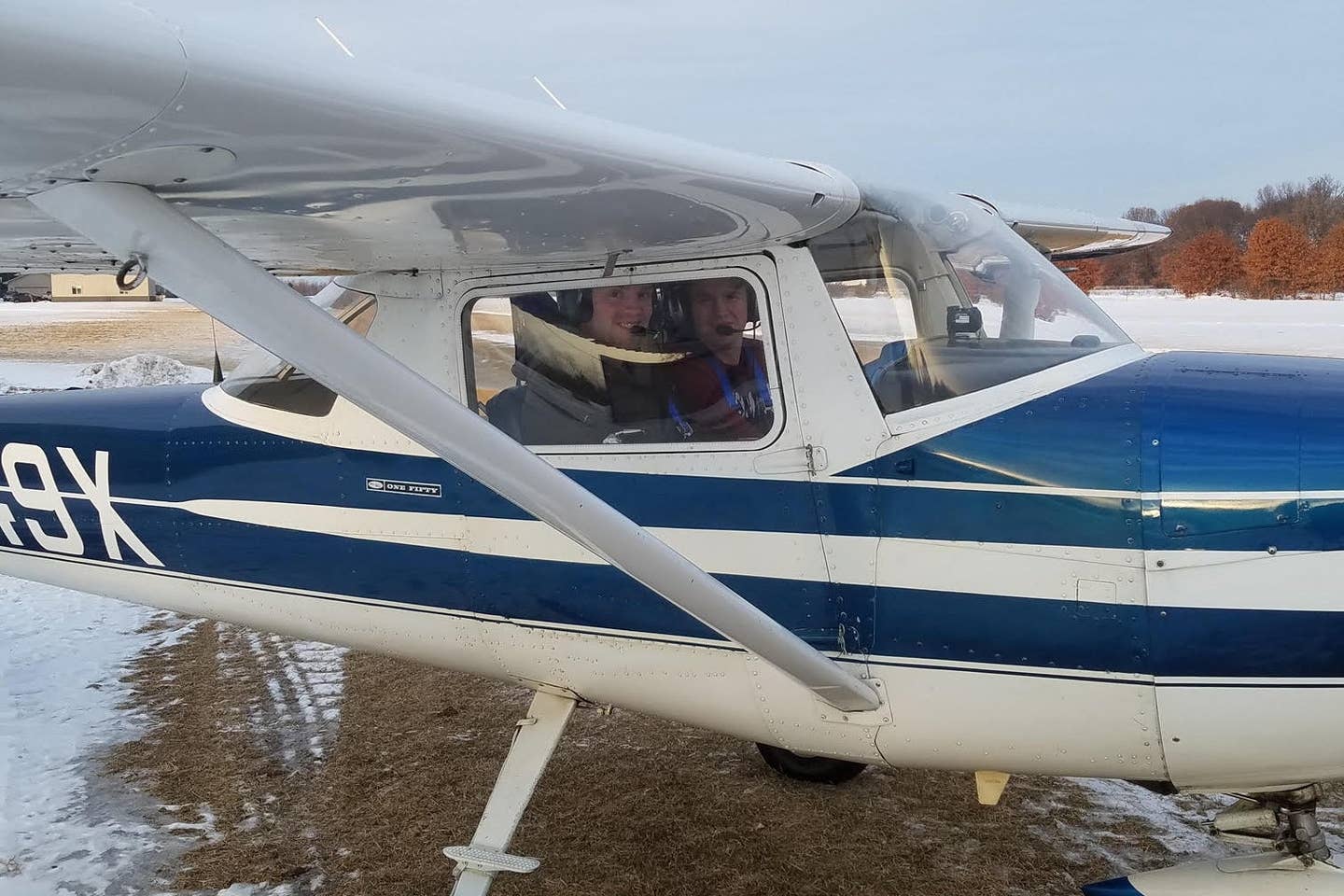
Robert Weber / iStockphoto
If you're used to big, busy airports with full-service FBOs, it might be confusing to taxi onto a ramp at a smaller, sleepier airport. Without someone in an orange vest hustling out to wand you into place, figuring out where to park can be a bit baffling. You don't want to block the right-of-way for other arrivals, but it's not always clear which ramp areas are designated for transient customers and which ones are spoken for. (Note to FBOs: a big 'Transient Parking Here' sign really helps, as does a large 'Entrance' sign over the preferred door to the terminal.) Conversely, if you're used to a relaxed ramp atmosphere, it can be intimidating to venture onto a busy airport. It might seem one false move or wrong turn could gum up the works for everyone else.
Last week I stopped at bustling White Plains (HPN) in Westchester, New York, to pick up a friend. The mission was a flight to a class reunion outside Boston. Because I used to write a column about FBOs, they know me at Avitat Westchester. So even though they don't sell avgas (and don't see a lot of piston traffic), that's where I arranged to meet my friend. The wind was calm, so to make life easier, I asked for Runway 11 instead of Runway 16, which was called out on the ATIS. That made for a shorter, less complex taxi to the ramp for me, and less congestion for larger aircraft on Runway 16. Though I'd called ahead, many FBOs also have more formal online registration forms, and they monitor FlightAware or other Internet-based traffic programs so they're poised and ready for action as soon as you hit the ramp. If you're not familiar with the airport layout, you can call the FBO and ask if there are any local tricks for negotiating traffic to and from the ramp.
When we got to Norwood Memorial Airport in Massachusetts, I glanced at the taxiway layout while in the pattern, and sure enough, the real-world view matched the printed taxi diagram. The landing on Runway 28 made for an easy taxi to the parking ramp, following my progress on the Garmin 696's taxiway diagram and monitoring the ground control frequency. No orange vest, but no problem. No answer on Unicom, still no problem. I did see our classmate who had come to pick us up waiting for us by the door — a perk you don't enjoy at larger airports.
I just picked a convenient tiedown spot out of everyone's way and shut down. At some airports, that's the way it is, and a little common sense goes a long way. I left the brakes off for towing and confirmed at the desk that I wasn't usurping the honorary 'Airport Tenant of the Month' spot.
On the return trip through White Plains, there's one small thing I coulda/shoulda done. As I performed my walkaround inspection on the Avitat ramp, the line tech came out with his wands to wait for me to start up and taxi out. I always take some time in the cockpit getting ready, and I know they expect that. But what I forgot was, after starting the engine, I could have simply taxied away from my parking place and waited near the departure end of the ramp to call ground control and wait for my taxi clearance. That way, he could have waved me out of his hair and gone back to work. It was only a few minutes, but the poor guy was standing out in the hot sun (it would be freezing wind in winter) waiting for me when he could have been helping someone else.
Call to action: If you have any tips of your own you'd like to share, or have any questions about flying technique you'd like answered, send me a note at enewsletter@flyingmagazine.com. We'd love to hear from you.

Sign-up for newsletters & special offers!
Get the latest FLYING stories & special offers delivered directly to your inbox






